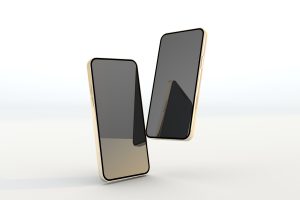Level Up Your Photography Game With These Camera Accessories
11 min read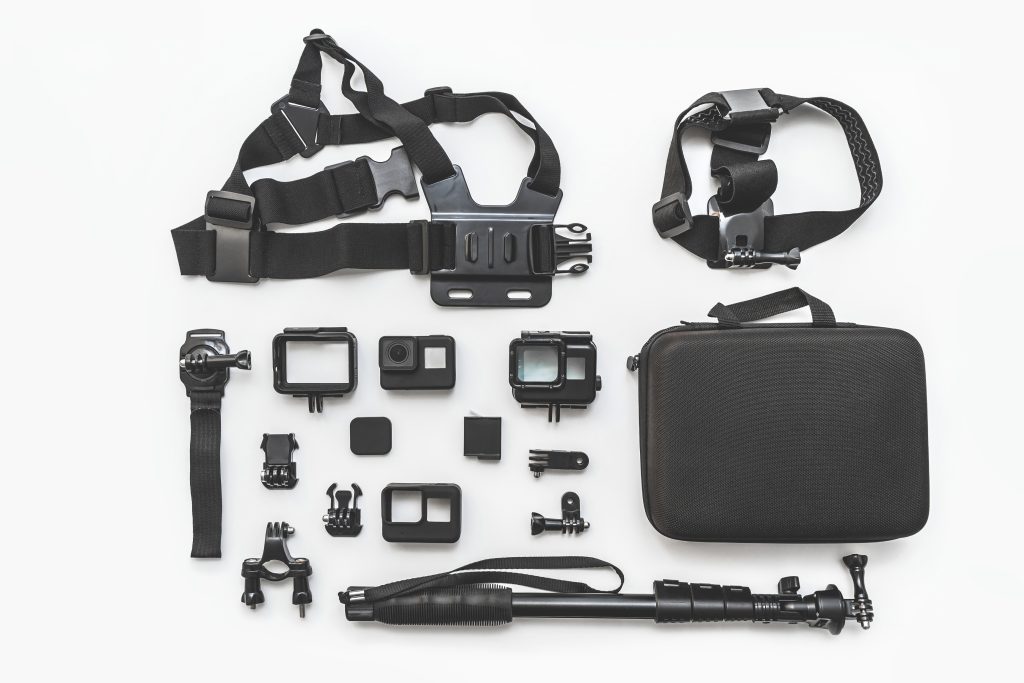
Are you looking to take your photography skills to the next level? Whether you’re a hobbyist or a professional, having the right camera accessories can make all the difference in capturing stunning and professional-quality photos.
In today’s digital age, photography has become more accessible than ever before. With the advancements in technology, there is a wide range of camera accessories available in the market that can enhance your photography experience. However, with so many options to choose from, it can be overwhelming to determine which accessories are essential for taking your photography game to the next level.
To help you level up your photography game, we have compiled a list of must-have camera accessories that every photographer should consider adding to their toolkit. These accessories will not only improve the quality of your photos but also provide you with new creative possibilities and expand your capabilities as a photographer. So whether you’re a beginner or an experienced photographer, read on to discover the essential camera accessories that will take your photography to new heights.
What is Photography?
Photography is the art and practice of capturing images using light and a camera. Through the creative use of composition, lighting, and subject matter, photographers are able to evoke emotions, tell stories, and preserve moments in time. Whether through film or digital mediums, photography serves as a powerful tool for communication, expression, and documentation. This visual art form has the ability to capture the beauty of the world, chronicle historical events, and share personal experiences. From professional photographers to amateur enthusiasts, photography has become an accessible and widely practiced form of visual expression in today’s modern world.
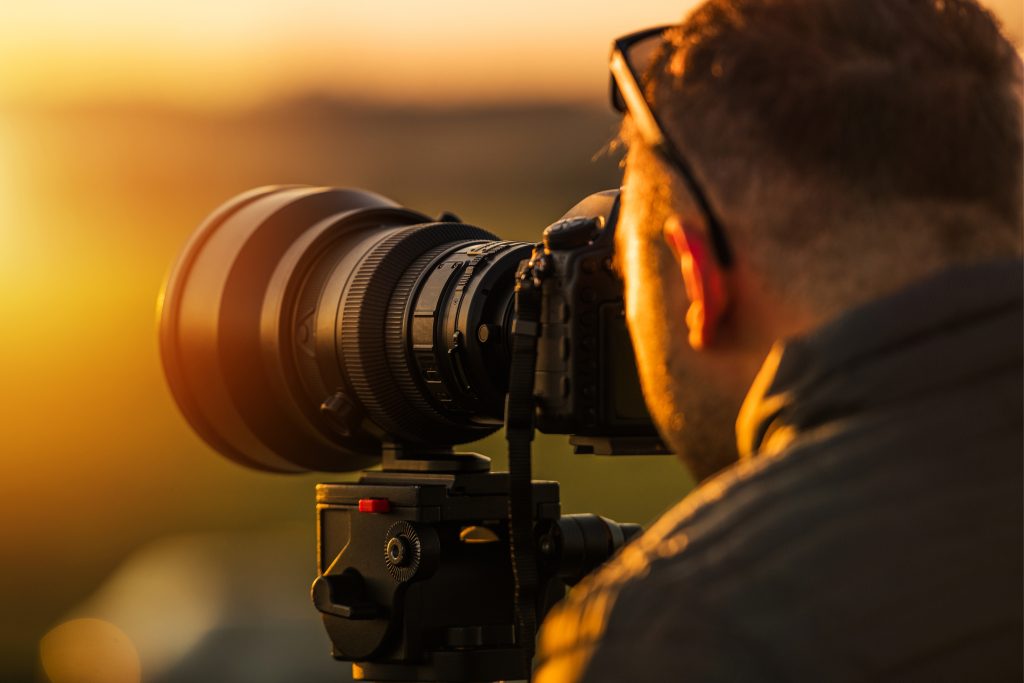
Why Do You Need Camera Accessories?
Camera accessories play a crucial role in enhancing photography skills and capturing stunning images. They are essential tools that can help new photographers in different photography situations and achieve unique effects. Accessories such as tripods, lenses, filters, and external flashes can make a significant difference in the quality and creativity of photographs.
Tripods provide stability and allow for long-exposure shots or capturing steady images in low light conditions. Lenses offer a variety of focal lengths and apertures, enabling photographers to experiment with different perspectives and depths of field. Filters can be used to enhance colors, reduce glare, or create artistic effects such as long exposure water blur or starbursts. External flashes provide additional lighting options for indoor or low-light settings, resulting in well-lit and professional-looking images.
For new photographers, these accessories can make a huge difference in their work by giving them the tools to explore their creativity and expand their technical skills. Additionally, they can help beginners overcome challenges in various photography situations, such as low light conditions or capturing fast-moving subjects. In conclusion, camera accessories are essential for new photographers to enhance their photography skills, experiment with different effects, and capture stunning images.
Light Sources
Light sources are essential for providing illumination in various settings, from homes and offices to outdoor spaces and entertainment venues.
Natural Lights
Natural light is a versatile and cost-effective option for photography and videography. There are various types of natural light, including direct sunlight, diffused light on overcast days, and the warm, soft light during the golden hour. The benefits of using natural light include its ability to create a natural and flattering look, as well as its flexibility for shooting in outdoor locations. However, challenges can arise from the changing intensity and direction of natural light throughout the day.
To make the most of natural light, photographers and videographers can schedule their shoots during the golden hour, shortly after sunrise or before sunset, when the light is softer and more flattering. Using reflectors can also help manipulate and enhance natural light, allowing for greater control over the lighting conditions.
When incorporating natural light into videos and photos, it’s important to consider the desired look and feel. Soft, diffused light may be ideal for portraits, while direct sunlight can add drama and dimension to outdoor scenes. Experimenting with different angles and positions can also help achieve the desired effect. By understanding the characteristics of natural light and how to work with it, photographers and videographers can create stunning visuals that capture the essence of their subjects.
LED Lights
LED lights are an essential tool in photography and videography, providing various options for creating stunning visuals. Speedlights are compact, portable, and versatile, making them ideal for on-the-go photographers. They provide a burst of light, perfect for freezing motion and adding dramatic effects.
Continuous lighting, on the other hand, offers a steady and constant light source, making it easier to see the lighting effect in real-time. This type of LED light is great for both photography and videography, as it provides consistent illumination for longer shooting durations.
String lights are a fun and creative way to add atmosphere and ambiance to any scene. They can be used to create a magical and whimsical feel, perfect for adding a touch of warmth and intimacy to images.
LED lights can enhance the overall look and feel of images by highlighting certain areas of the subject and creating a mesmerizing atmosphere. They can be used to bring out the subject’s features and create a captivating visual experience for the viewer.
When shooting in low light conditions, it is essential to use a tripod to keep the camera steady and avoid blurry images. Stability is crucial in capturing clear and sharp images, especially when using LED lights to illuminate the scene.
Video Lights
When choosing video lights for photography and videography, it’s important to consider the specific lighting needs of your project. If you require big and powerful lights for a studio setting, LED panels or softboxes would be good options as they provide a consistent and versatile lighting source. LED panels are great for illuminating larger areas, while softboxes offer a softer and more diffused light.
On the other hand, if you need small and portable lights for on-the-go shooting, speedlights are a suitable choice. Speedlights are compact, lightweight, and can be easily mounted on a camera or stand for quick and convenient use.
For adding a magical touch to your videos, LED string lights can be used to create an enchanting sparkle and atmosphere. These lights are perfect for creating a whimsical and dreamy ambiance in your videos, especially for artistic or narrative purposes.
Must-Have Camera Accessories
When it comes to capturing great photographs, having the right camera accessories can make all the difference. From ensuring stable shots to adding creative effects, these must-have accessories can take your photography to the next level. Whether you’re a beginner or a seasoned photographer, it’s important to invest in these essential tools to enhance your shooting experience. From tripods for stability to filters for adding creative effects, these accessories are essential for any photographer looking to improve their skills and produce high-quality images.
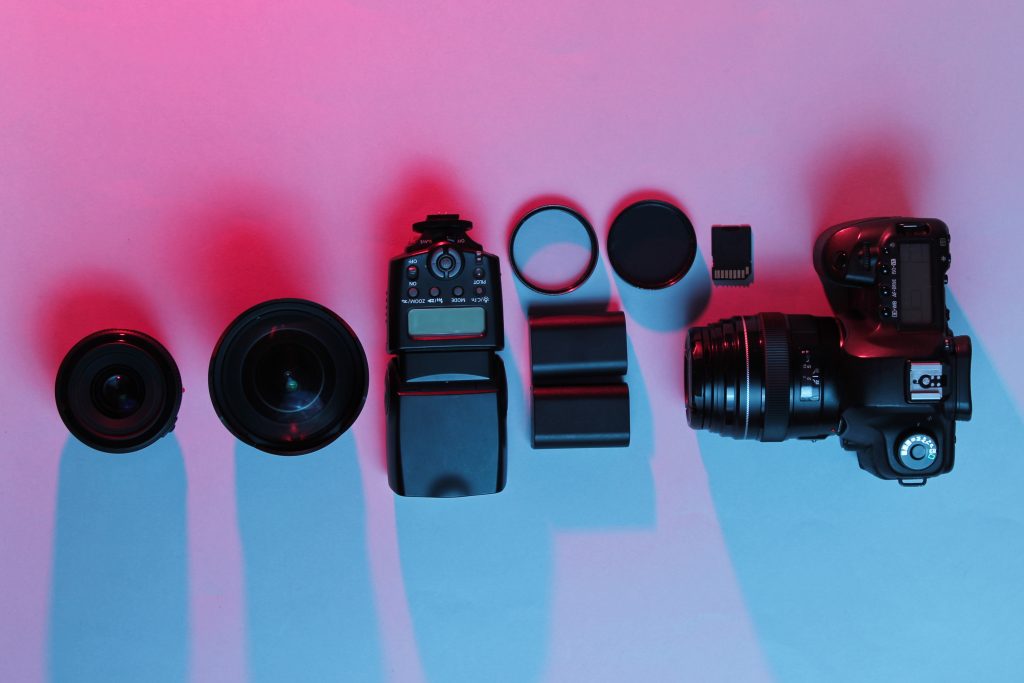
Memory Card Reader
A memory card reader is an essential accessory for photographers using a DSLR camera, offering numerous benefits and features. Firstly, it allows for quick and efficient transfer of images from the camera’s memory card to a computer or other device. With high transfer speeds, photographers can easily back up and view their photographs on the go, saving time and ensuring that their work is securely stored.
A quality memory card reader supports various memory card formats, such as SD, CF, and microSD, providing versatility for photographers with different camera models. This ensures that the reader can be used with a wide range of devices, making it a valuable investment for anyone in the photography industry.
Additionally, the convenience of a memory card reader cannot be overstated. It eliminates the need to connect the camera directly to a computer or a laptop, allowing for a more flexible and efficient workflow. Photographers can quickly and easily transfer their images, whether they are in the studio, on location, or traveling.
Battery Grips & Extra Batteries
For Canon DSLRs, the top battery grip options include the Canon BG-E20, which provides a comfortable grip and doubles the battery capacity for extended shooting sessions. The Vello BG-C14 offers similar benefits at a more affordable price point.
For Nikon DSLRs, the Nikon MB-D12 is a popular choice with its ability to hold one additional EN-EL15 or eight AA batteries, while the Meike MK-D750 provides a budget-friendly option with the same functionality.
Having extra batteries on hand is crucial for extended shooting sessions, especially when traveling or shooting events. High-quality rechargeable batteries compatible with your camera model will ensure optimal performance and reliability. Look for batteries with a high mAh (milliampere-hour) rating, which indicates longer battery life.
When choosing rechargeable batteries, always buy from reputable brands to avoid the risk of damage to your camera. Avoid counterfeit or off-brand batteries, as they may not provide the same level of performance and safety as genuine ones. Additionally, consider investing in a battery grip to expand your camera’s battery capacity and improve handling during long shoots.
Tripod Head & Ball Heads
When considering a tripod head and ball head combination, key features to look for include lightweight but durable materials, adjustable legs with quick-lock mechanisms, and a ball head with a quick-release plate. The use of lightweight but durable materials ensures easy portability without sacrificing stability, while adjustable legs with quick-lock mechanisms allow for easy setup on any terrain. The ball head with a quick-release plate provides flexibility and quick adjustments for capturing various angles and compositions.
This combination provides stability by offering a solid base for your camera, eliminating any potential camera shake that could result in blurry photos. It also opens up creative opportunities for photography by allowing for precise adjustments and capturing unique angles, perspectives, and compositions. The ball head’s smooth movements enable seamless panning and tilting, while the quick-release plate makes it easy to switch between different cameras or lenses, either smartphones or other gadgets. Overall, the tripod head and ball head combination is essential for maintaining stability, eliminating camera shake, and enhancing creative opportunities in photography.
Neutral Density Filters
Neutral density (ND) filters come in various types, including circular screw-on filters and square filter systems. ND filters reduce the amount of light entering the camera, allowing for longer exposures and the ability to capture motion blur or achieve a shallow depth of field in bright conditions.
Square filter systems offer the advantage of versatility and flexibility. They allow photographers to stack multiple filters of different strengths to achieve the desired level of light reduction. This is particularly useful for capturing long exposures in bright conditions, such as flowing water or streaking clouds.
To use a square filter kit, simply attach the filter holder to the front of the camera lens and slide the square filters into place. This provides the ability to easily adjust the positioning and strength of the filters without having to constantly screw and unscrew them onto the lens. Square filter systems also allow for the use of graduated ND filters, which are useful for balancing exposure in landscape photography.
For artistic photography, square filter systems offer the flexibility to experiment with different filter combinations and create unique effects, making them a valuable tool for photographers looking to push the boundaries of their creativity.
Remote Shutter Release
A remote shutter release is a handy tool for photographers looking to capture still images without physically touching the camera. There are two main types of remote shutter releases: wired and wireless. Wired releases typically connect directly to the camera, while wireless releases use radio frequency or infrared technology to trigger the shutter remotely.
When choosing a remote shutter release, consider the specific needs of your photography. For long exposures, a remote release eliminates the potential for camera shake when pressing the shutter button. This is especially helpful for capturing nightscapes or light trails. For wildlife photography, a remote release allows you to trigger the camera from a distance without disturbing the subject.
The benefits of using a remote shutter release are numerous. It provides a hands-free operation, allowing photographers to be more involved in the scene without being tied to the camera. It also reduces camera shake, resulting in sharper images, and is essential for long exposures and wildlife photography where any movement can ruin a shot.
Mirrorless Cameras vs Digital Cameras
When it comes to choosing the right camera for your photography needs, the decision often comes down to mirrorless cameras vs digital cameras. Both options have their own unique features and benefits that cater to different styles of photographers.
Mirrorless Cameras: Pros and Cons
Mirrorless cameras offer several advantages, including compact size, lighter weight, and silent shooting, making them ideal for travel and street photography. The upgraded sensors in mirrorless cameras, such as the Panasonic Lumix S5IIX, provide improved low-light performance and higher resolution for capturing more detail. Additionally, L2 technology in the Lumix S5IIX enhances autofocus and computational photography capabilities, resulting in faster and more accurate focusing, as well as advanced image processing.
When it comes to achieving a creative vision, mirrorless cameras excel in offering real-time exposure preview and in-body image stabilization, allowing photographers to experiment with different settings and techniques. However, there are some potential drawbacks to consider. Battery life tends to be shorter compared to DSLRs, and the electronic viewfinder may suffer from lag in fast-moving scenes. Additionally, the lens selection for mirrorless cameras may not be as extensive as that for DSLRs, which can limit options for certain types of photography.
Digital Cameras: Pros and Cons
Digital cameras have revolutionized the way we capture and store memories, offering many advantages such as instant photo viewing, easy storage, and the ability to manipulate and enhance images using photo-editing software. However, one drawback of digital cameras is their relatively high cost compared to traditional film cameras.
To achieve high-quality photography, it is essential to invest in video camera accessories such as tripods, which help stabilize the camera and reduce the risk of blurry images. Photo-editing software is also crucial for achieving professional-looking photos, allowing photographers to adjust colors, contrast, and sharpness. The benefits of using tripods and photo-editing software are clear – they contribute to improved image quality and overall visual impact.
On the other hand, the potential drawbacks of not using these accessories and software include shaky or blurry images, and limitations in post-production capabilities. Adobe Lightroom and Photoshop are popular photo-editing software that offer powerful tools for enhancing and perfecting photos, making them indispensable for photographers looking to take their work to the next level.
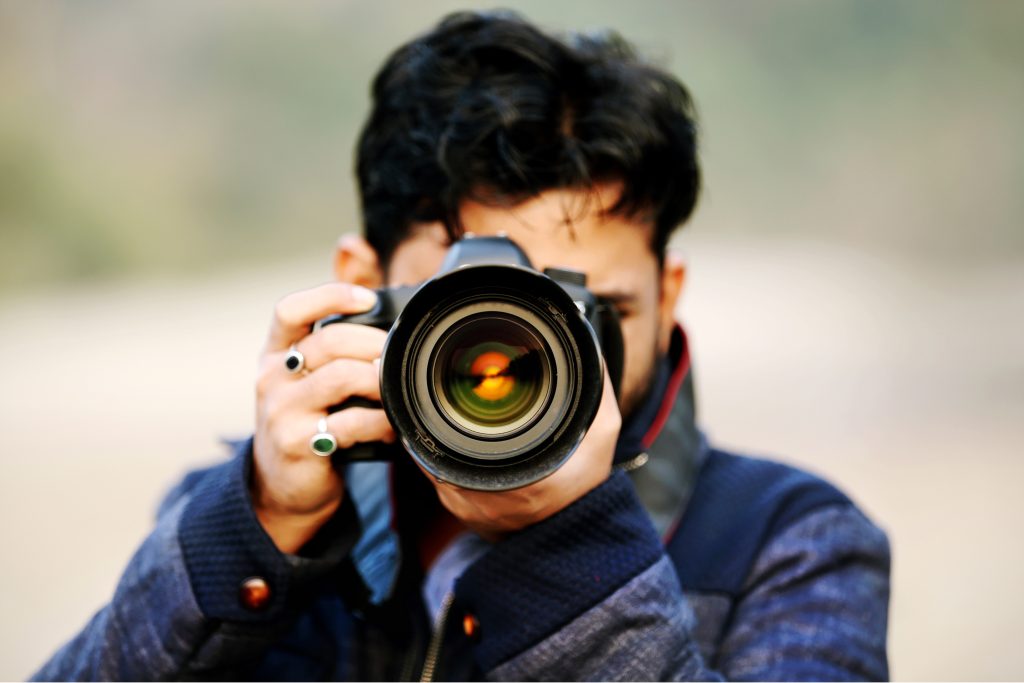
Conclusion
In conclusion, having the right camera accessories is essential to elevating your photography game. From tripods and lenses to memory cards and charging cables, investing in quality tools will help you capture better-quality images and videos. Do your research to find the best options for your budget, and don’t forget to check out secondhand stores and online sites for great deals. With the right setup, you’ ll be ready to take your photography skills to the next level.


